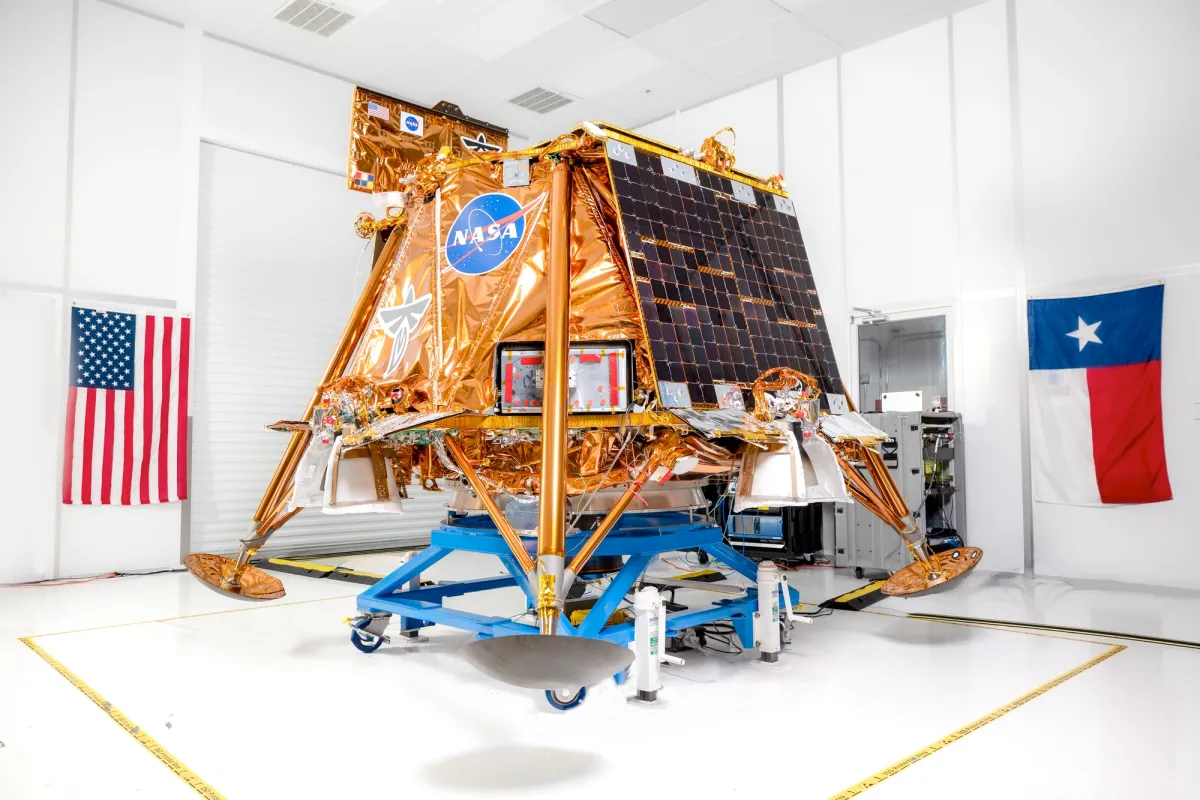Japanese company iSpace has confirmed that its second mission to the Moon will be launched on the same Falcon 9 rocket as Firefly Aerospace’s Blue Ghost spacecraft.

In 2023, iSpace was close to becoming the first company in history to land its vehicle on the Moon. Unfortunately, the Hakuto-R probe crashed on the final leg of its descent due to software errors. iSpace did not accept the failure and prepared a new lunar lander called Resilience. It will carry several commercial cargoes, mostly provided by various Japanese companies, and a small rover built by iSpace itself.
In the meantime, Firefly Aerospace has reached the finish line in preparation for its first lunar mission. As part of it, the Blue Ghost spacecraft will be launched to the Moon. It carries ten payloads provided by NASA as part of the CLPS program. They range from a camera to capture images of the dust plume created by the spacecraft during descent to an instrument designed to test whether GPS and Galileo navigation signals can be used on the Moon.
Both missions are to be launched during the 6-day ballistic window that will open in mid-January using a Falcon 9 rocket. As such, it has long been rumored that the vehicles would “split” the carrier rather than being launched separately. But it was only recently confirmed by iSpace that Resilience and Blue Ghost will indeed be companions.
However, this does not mean that they will fly to the Moon on the same route. The first to separate from Falcon 9 will be Blue Ghost. It will spend the next 25 days in near-lunar orbit before performing a maneuver that will direct it to the Moon. After a four-day flight, the spacecraft will reach the Moon and spend another 16 days in orbit around it before attempting a landing.
Resilience’s journey will take much longer. At first, the spacecraft will be put into an elliptical transition orbit. Then it will make a flyby of the Moon and move to a low-energy transitional trajectory, moving away from it at a distance of about a million kilometers, and then, finally, will go into orbit around the satellite. All these maneuvers are expected to take four to five months.
It should be noted that in February, the IM-2 mission of Intuitive Machines, which will also use the services of Falcon 9, will go to the Moon. It will fly a direct route and will land a week after launch, so its operations may overlap with the work of Blue Ghost. The companies said they are sharing information and don’t think the missions could interfere with each other.
Provided by Spacenews


